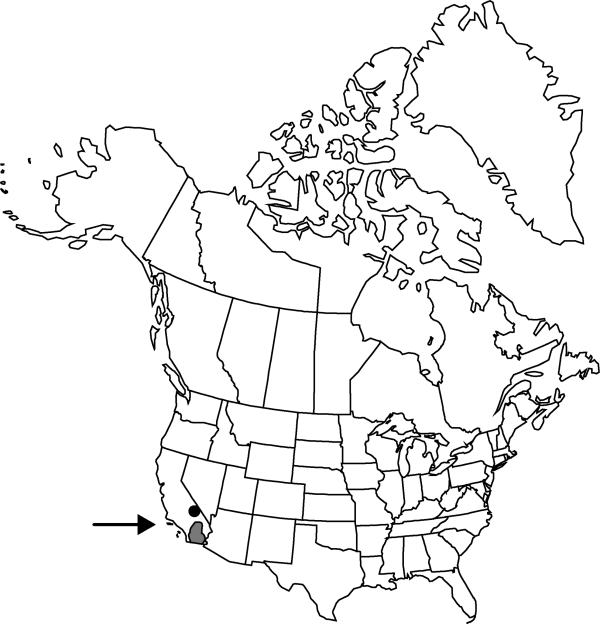Atriplex canescens var. laciniata
in W. L. Jepson, Fl. Calif. 1: 442. 1914.
Plants mainly 10–20 dm, not spiny. Leaves narrowly oblanceolate, to oblanceolate, often thickened, 12–25(–30) × 2–5 mm, apex mainly rounded. Pistillate flowers borne in panicles mostly 5–25 cm. Fruiting bracteoles on stipes 0–2 mm, body typically with 4 prominent, laciniate wings extending length of bract, united throughout, 6–10(–15) × 8–11(–15) mm, apex toothed, surface of wings and body smooth or reticulate.
Phenology: Flowering spring–fall.
Habitat: Saline flats, bajadas, alluvial fans
Elevation: 60-800 m
Distribution

Calif., Nev., Mexico (Sonora).
Discussion
Atriplex canescens var. laciniata, also a high polyploid, is supposed to have originated through hybridization of Atriplex canescens with a second chromosomal race of A. polycarpa. It is certainly similar to but has larger and more apparently laciniate bract wings than A. canescens var. macilenta, which arose similarly but purportedly from a different chromosomal race of the same species.
Selected References
None.